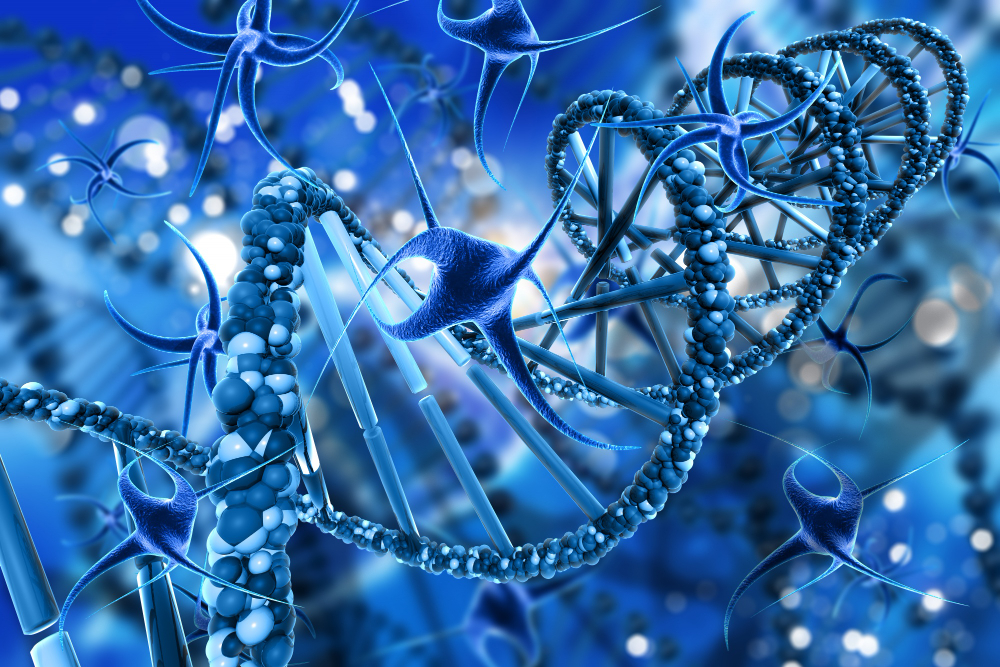
The Importance of Quality Control in RNA-Seq Analysis
RNA-Seq (RNA sequencing) is one of the most powerful tools in modern biology, enabling a comprehensive exploration of gene expression. However, the reliability of the conclusions drawn from RNA-Seq is directly dependent on the quality of the data obtained. In RNA-Seq experiments, quality control (QC) is not merely a technical formality but a critical step that ensures the accuracy of biological interpretations. This article provides a detailed overview of why QC is essential in RNA-Seq analysis, what steps it includes, the tools used, common issues encountered, and best practices.
The Main Purpose of Quality Control
The primary goal of quality control is to assess whether the raw RNA-Seq data is reliable, whether the experimental design is sound, and whether the results can be interpreted in a biologically meaningful way. RNA-Seq data is multi-layered: sample preparation, library construction, sequencing machine performance, bioinformatics processing steps, and ultimately biological interpretation. Errors or biases can occur at every stage. QC’s main function is to detect these deviations early and prevent misleading conclusions.
The Critical Importance of QC in RNA-Seq Studies
Lack of proper quality control in an RNA-Seq project can lead to:
1. Incorrect differential gene expression results.
2. Low biological reproducibility.
3. Waste of resources due to data loss or incorrect filtering.
4. Results with low publication potential.
5. Methodological reliability being questioned.
Therefore, QC is a process that must be closely monitored not only by technical specialists but also by project managers and biologists.
QC Stages in RNA-Seq Analysis
QC is typically examined at three main stages:
1. Raw Data QC: Evaluation of FASTQ files obtained from the sequencer. Metrics such as base quality, GC distribution, adapter contamination, and read length distribution are checked.
2. Preprocessing QC: Data is re-evaluated after trimming and filtering to ensure that unnecessary data loss has not occurred.
3. Post-Alignment QC: After reads are mapped to a reference genome or transcriptome, mapping rates, duplication levels, coverage uniformity, and biases are assessed.
Raw Data Quality Control
FASTQ files are the first output of RNA-Seq analysis. These files contain millions of reads, each with a base quality score (Phred score). For example, a Phred score of 30 indicates an error rate of 1 in 1000. RNA-Seq data typically requires a quality above Q30. In addition, the presence of adapter sequences, read length distribution, and balanced GC content must be evaluated carefully.
Preprocessing and Cleaning
Raw data often contains artifacts: low-quality bases, adapter sequences, short meaningless reads. These must be removed using trimming tools. However, excessive trimming may cause the loss of true biological signal. Therefore, balance is key. Commonly used tools include Trimmomatic, Cutadapt, and fastp.

Post-Alignment Quality Control
Once reads are aligned to a reference genome or transcriptome, new quality metrics come into play. If mapping rates drop below 70%, this is a strong indication of poor quality. Multi-mapped reads may point to pseudogenes, low-complexity regions, or contamination issues. Coverage profiles across genes should be checked, especially for potential 5′ and 3′ end biases.
Key QC Metrics
Base Quality Distribution: Indicates the reliability of bases across reads.
Adapter Contamination: Common in unprocessed data, lowers mapping efficiency.
rRNA Content: Inadequate rRNA removal during library prep wastes valuable sequencing capacity.
GC Content: Deviations from expected GC distribution may indicate contamination.
Duplication Rate: PCR artifacts can obscure biological diversity.
Insert Size Distribution: Critical for paired-end data, indicates library construction quality.
Mapping Rate: Shows the success of aligning reads to the reference.
Coverage Profile: Evaluates whether reads are evenly distributed across genes.
Tools for Quality Control
FastQC: The most widely used tool for raw data evaluation.
MultiQC: Summarizes QC reports across multiple samples.
RSeQC: Provides RNA-Seq-specific metrics such as gene body coverage and junction saturation.
Picard: Measures duplication levels, insert size distributions, and more.
Qualimap: Offers comprehensive QC analysis of aligned data.
Batch Effects and Biological Replicates
QC in RNA-Seq is not limited to technical parameters. Batch effects arising from experimental conditions must also be examined. Libraries prepared on different days, sequenced on different machines, or handled by different operators can introduce systematic bias. These effects can be detected using PCA and hierarchical clustering. The inclusion of biological replicates helps mitigate such issues.
QC After Normalization
Normalization in RNA-Seq (e.g., TPM, RPKM/FPKM, DESeq2, or edgeR methods) reduces technical variability across samples. However, whether normalization has been effective must also be evaluated. Post-normalization QC involves examining gene expression distributions, PCA plots, and heatmaps to ensure sample consistency.
Common Issues and Solutions
Low Mapping Rate: May result from incorrect reference selection, contamination, or poor sequence quality.
High rRNA Content: Indicates inadequate rRNA depletion during library preparation.
High Duplication Rate: Associated with low input material or excessive PCR amplification.
GC Bias: Often caused by library prep kits, can sometimes be corrected bioinformatically.
End Bias: Uneven coverage at 5′ or 3′ ends can distort transcript profiles.
Reporting QC and Transparency
It is essential to report QC results in detail for RNA-Seq projects. Documentation should include which tools were used, with which parameters, what trimming or filtering steps were applied, and which samples were excluded. Such transparency enhances reproducibility and methodological reliability, especially in publications.
Best Practice Recommendations
1. Always evaluate raw data with FastQC.
2. Use MultiQC to summarize and compare all samples.
3. Apply trimming cautiously to avoid losing biological signal.
4. Assess mapping rates and coverage profiles thoroughly.
5. Investigate batch effects with PCA and clustering.
6. Perform QC again after normalization.
7. Report all QC steps in detail.
Conclusion
In RNA-Seq analysis, quality control is not simply a technical step but a strategic process that forms the foundation of all biological conclusions. Neglecting QC inevitably leads to misleading results, incorrect biological interpretations, and wasted resources. On the other hand, early, systematic, and comprehensive QC practices enhance the reliability and reproducibility of research. Therefore, QC should be applied rigorously at every stage of an RNA-Seq project, from experimental design to final reporting.


